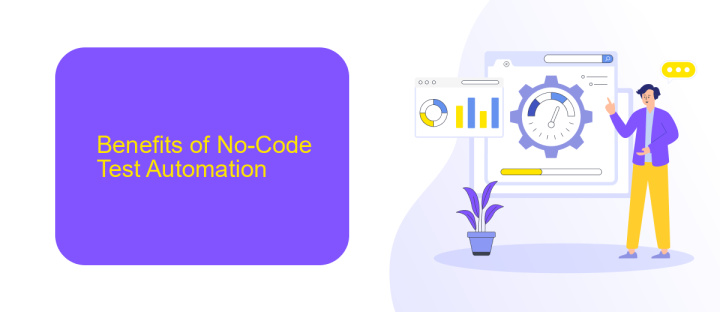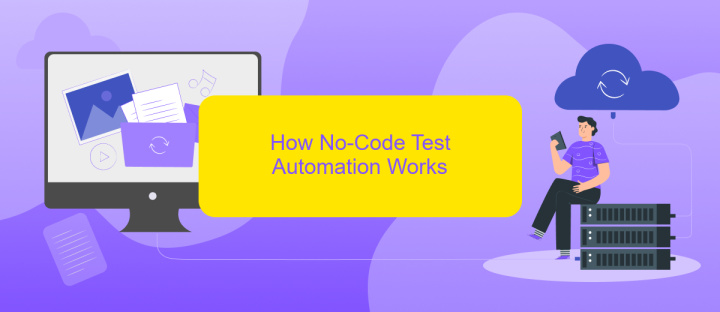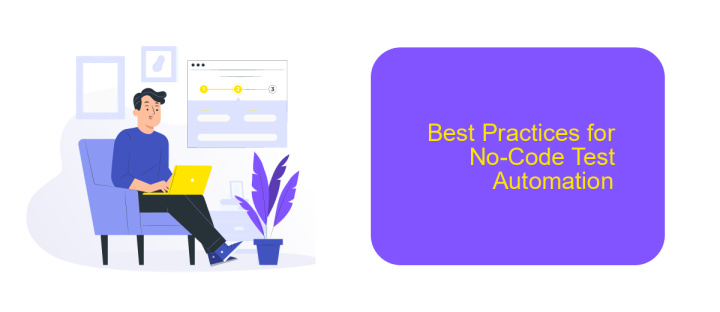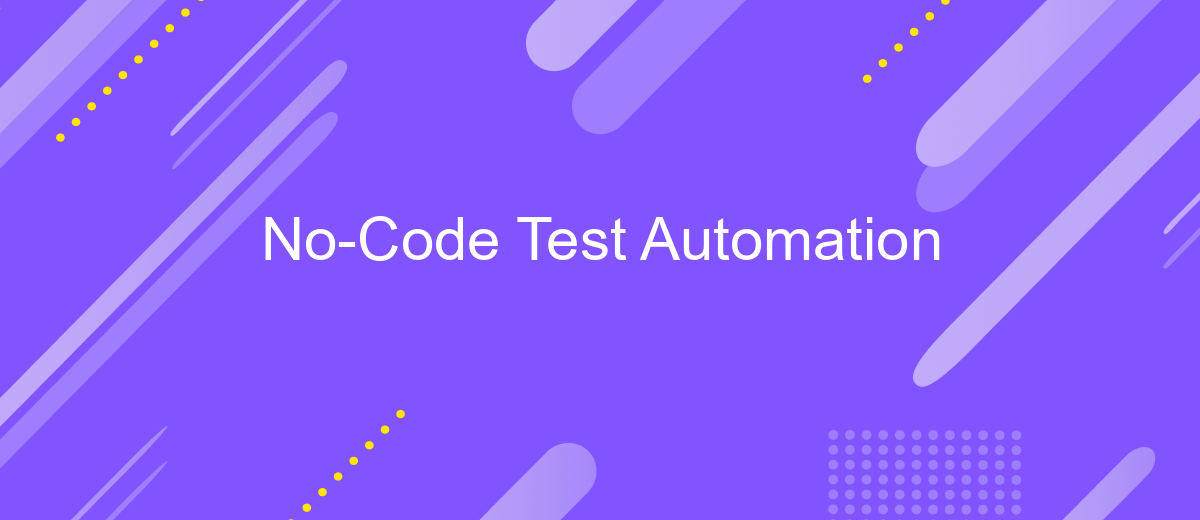No-Code Test Automation
No-code test automation is revolutionizing the software development landscape by enabling teams to create and execute tests without writing a single line of code. This approach empowers non-technical users to participate in the testing process, significantly reducing development time and costs. In this article, we explore the benefits, tools, and best practices of no-code test automation, highlighting its impact on modern software projects.
No-Code Test Automation: Overview
No-Code Test Automation is revolutionizing the way businesses approach software testing. By eliminating the need for extensive coding knowledge, these platforms enable a broader range of team members to participate in the testing process. This democratization of test automation leads to faster development cycles and improved software quality.
- Ease of Use: Intuitive interfaces allow users to create tests quickly without writing code.
- Cost-Effective: Reduces the need for specialized developers, lowering overall project costs.
- Integration: Seamlessly integrates with various tools and platforms to streamline workflows.
- Scalability: Easily scales with your project’s needs, accommodating growing test suites.
One notable service that facilitates integration in No-Code Test Automation is ApiX-Drive. It allows users to connect different applications and automate data transfers effortlessly. By leveraging such tools, teams can ensure that their test automation processes are efficient and well-integrated with other systems, leading to a more cohesive development environment.
Benefits of No-Code Test Automation

No-Code Test Automation offers numerous benefits, significantly enhancing the efficiency and accessibility of the testing process. One of the primary advantages is that it democratizes test automation, allowing individuals without any programming skills to create, manage, and execute tests. This results in faster test cycles and reduces the dependency on specialized developers, ultimately leading to quicker time-to-market for software products.
Additionally, no-code solutions often come with user-friendly interfaces and pre-built integrations, which simplify the setup and maintenance of automated tests. For instance, services like ApiX-Drive can be utilized to streamline the integration process, enabling seamless connectivity between various applications and testing tools. This not only enhances the overall testing workflow but also ensures that the tests are more reliable and easier to manage, contributing to higher software quality and better user experiences.
How No-Code Test Automation Works

No-code test automation simplifies the process of creating automated tests by eliminating the need for programming skills. It allows testers to design, execute, and manage tests through intuitive graphical interfaces. This approach democratizes test automation, making it accessible to a broader range of users.
- Drag-and-drop Interface: Users can create test cases by dragging and dropping elements, making the process straightforward and visual.
- Reusable Components: Pre-built components and templates can be reused across different test cases, increasing efficiency and consistency.
- Integration Capabilities: Tools like ApiX-Drive enable seamless integration with various applications, ensuring smooth data flow and comprehensive testing.
- Real-time Reporting: Automated tests provide real-time feedback and detailed reports, helping teams quickly identify and resolve issues.
By leveraging no-code test automation, organizations can reduce the time and cost associated with traditional test automation. This approach empowers non-technical team members to contribute to the testing process, fostering collaboration and improving overall software quality. With tools like ApiX-Drive, integrating test automation into existing workflows becomes even more efficient and streamlined.
Best Practices for No-Code Test Automation

No-code test automation offers an efficient way to streamline testing processes without requiring extensive coding knowledge. To get the most out of these tools, it's essential to follow best practices that ensure accuracy and efficiency.
First, start by defining clear objectives for your test automation. Understand what you aim to achieve, whether it's reducing manual testing time, increasing test coverage, or improving the reliability of your software. Establishing these goals will guide your use of no-code tools effectively.
- Choose the right no-code tool that fits your needs and integrates well with your existing systems.
- Regularly update and maintain your test cases to ensure they remain relevant and effective.
- Leverage integrations with other tools, such as ApiX-Drive, to automate data flows and enhance test accuracy.
- Train your team on the selected no-code platform to maximize its potential and ensure consistent usage.
By adhering to these best practices, you can optimize your no-code test automation efforts, leading to more reliable software and a more efficient testing process. Remember, the key to success is continuous improvement and adaptation to new technologies.
Future of No-Code Test Automation
The future of no-code test automation looks incredibly promising as businesses continue to seek faster and more efficient ways to deliver high-quality software. With advancements in artificial intelligence and machine learning, no-code platforms are becoming more sophisticated, allowing users to create complex test scenarios without writing a single line of code. This democratization of test automation means that even those without a technical background can contribute to the testing process, significantly reducing the time and cost associated with software development.
Moreover, the integration capabilities of no-code platforms are expanding, making it easier to connect various tools and services within the software development lifecycle. For instance, services like ApiX-Drive enable seamless integration between different applications, automating data transfer and workflows without any coding required. This not only enhances the efficiency of the testing process but also ensures that all components of the development pipeline are well-coordinated. As these platforms continue to evolve, we can expect even more streamlined and efficient test automation solutions, further accelerating the pace of innovation in the software industry.
FAQ
What is No-Code Test Automation?
What are the benefits of No-Code Test Automation?
Can No-Code Test Automation be integrated with other tools?
Is No-Code Test Automation suitable for all types of testing?
How do I get started with No-Code Test Automation?
Apix-Drive is a universal tool that will quickly streamline any workflow, freeing you from routine and possible financial losses. Try ApiX-Drive in action and see how useful it is for you personally. In the meantime, when you are setting up connections between systems, think about where you are investing your free time, because now you will have much more of it.

